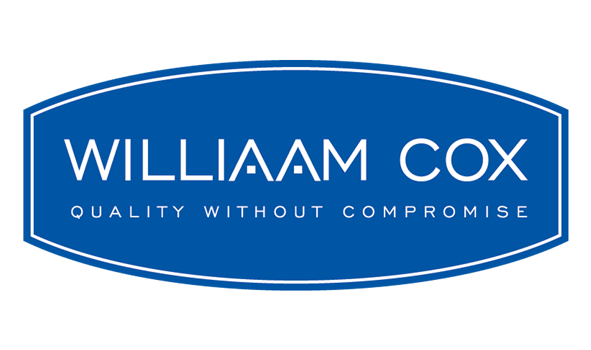Codes, standards and their relevance: What you need to know
What is BS 7346?
BS 7346 maintenance is referenced back to BS 9999. BS 7346-8, in whole or in part are normative reference documents that BS 9999 refers to as indispensable for its application. BS 9999 further defines the scope of this standard gives:
“. . . recommendations and guidance on the design, management, and use of buildings to achieve reasonable standards of life safety for all people in and around buildings.”
(BS 9999: 2017 Fire Safety in the design, management, and use of buildings – Code of practice, Page 7)
BS 7346 Part 8: Components for smoke control systems
Code of practice for the planning, design, installation, commissioning, and maintenance, all contain a workflow process. The below steps detail the process for planning, installing, commissioning, and maintaining a smoke control system. This is a helpful tool that defines the entire process in 5 sequential interlinked steps.
5-Step Process:
1. Identify system requirements
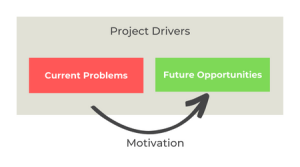
2. Planning and design
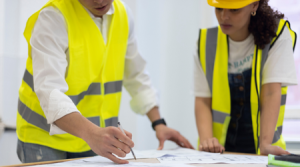
3. Installation
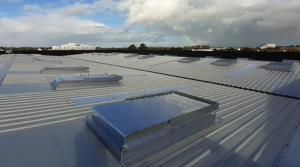
4. Commissioning and verification of correct operation
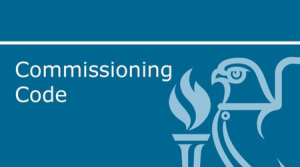
5. Maintenance and servicing
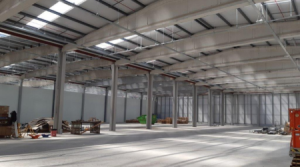
BS 7346 Recommendations
The recommendations in BS 7346 refer to mechanical smoke ventilation, natural smoke ventilation, smoke barriers, smoke dampers, smoke and heat exhaust ducts and their controls, power supplies, and interconnections.
Why is BS 7346 important?
It is essential for the safety of the occupants of a building that the smoke control system operates in accordance with the design intent in the event of an emergency.
What are the maintenance requirements for smoke vents?
Documentation of the smoke control system is important for every maintenance visit. Detailed maintenance manuals should be provided to the building management team prior to occupation. This allows accurate maintenance of the systems during the life of the building. Maintaining a smoke control system requires more activities than ensuring the equipment operates. The Service Engineer’s first step is to evaluate the operation of the equipment and to repair the equipment to operate as per manufacture guidelines. Thereafter, the equipment needs to function as required in the Fire Design Report.
Most buildings undergo many modifications as the owner’s operational requirements evolve. Internal partition changes, usage changes, and occupancy changes. For example, many late-night entertainment venues that were once storage facilities are now bars, restaurants, or nightclubs. Maintaining a Fire Design Report which reflects the use of the building is as important as ensuring the smoke control system is maintained and evaluated against the latest Fire Design Report. This safeguard ensures the safety of the occupants.
Smoke Control Associations
It is in the client’s best interest to use an organisation that is competent and third-party certified. Williaam Cox is a member of FETA, HEVAC, and Smoke Control Association
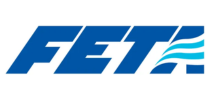
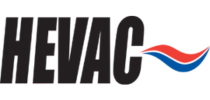
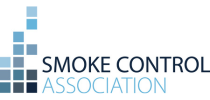
Companies that are members of the mentioned associations, contribute to improvement within the smoke control industry. This drives high standards. These associations can be appointed for an independent evaluation about the competency of a chosen service provider.
Identifying good fire safety practices
Maintenance organisations need to have their contact details displayed on the main panel. Good practice would be good to have these details on every panel.
BS 9999 sets levels of expectations, fundamentally assuming life safety systems require management and maintenance during the life of the building. Fire safety procedures and maintenance schedules are developed at the design stage and included in the Fire Design Report. The report is the golden thread against which the smoke control system must be evaluated at each service.
Why is smoke control system maintenance required?
Maintenance is required to ensure the recommended performance of the smoke control system has not been compromised. For this to be achieved adequate management coordination is essential.
BS 9999 is littered with recommendations for the maintenance and testing of life safety equipment. Tragedy in a fire is often classified as an accident. Most accidents are a well-coordinated result of negligence, lack of maintenance, and inadequate attention to detail. Accidents can largely be avoided when all risks are identified and acted upon. Maintenance needs to be planned and not accidental.
Good housekeeping is an essential ingredient. Clear, uncluttered, and direct access to the smoke control equipment, electrical control panels, replacement air paths, and extraction equipment allows the smoke control system to operate efficiently.
Why are audits important?
Audits are an effective way of maintaining the health of the smoke control system. An independent review carried out in the building will help the responsible person. For auditing to have value, input from a person not familiar with the building or the system provides the best result. An audit should be embraced and welcomed. Audits are used to enhance the performance of the system, not a tool to performance manage the responsible person. The focus on life safety must always be the desired outcome.
Record keeping of all the maintenance activities is paramount to the success of the smoke control system. Besides the obvious reasons as proof of diligence in the event of a fire, these records allow accurate evaluation of the system. They provide knowledge for planned maintenance activities based on accurate records. The advantage of “the faintest ink is more powerful than the strongest memory” applies to record keeping.
Maintenance should never be undervalued, although at a cost, maintenance is less expensive than the defence of a non-maintained system in the event of a loss.
Find out why smoke control codes and standards are relevant.
Contact us
Our experienced team of Technical Sales, Design, and Service Engineers can help with your requirements.
For assistance with the design of a smoke control system email: estimating@williaamcox.ie
For assistance with service or system evaluation email: service@williaamcox.ie

